First published on our sister site, Film Road Trip.
As the prices of film cameras and film rise, the economy of digital cameras becomes more obvious. However, as a film shooter, it’s difficult to fall in love with a digital camera. I have repeatedly said that digital cameras tend to be rather clinical, showing every detail without much character. I have always owned and used a digital camera since 2007 and appreciate the advantages they offer, but never really loved using them once I got back into film. However, due to a bit of luck in finding a demo model of a recently-discontinued camera, I was able to discover a digital camera that had some character of its own, and better yet, I could adapt lenses from my medium format film cameras to use on it. I concluded that the Fujifilm GFX 50R was a digital camera that a film photographer can love.
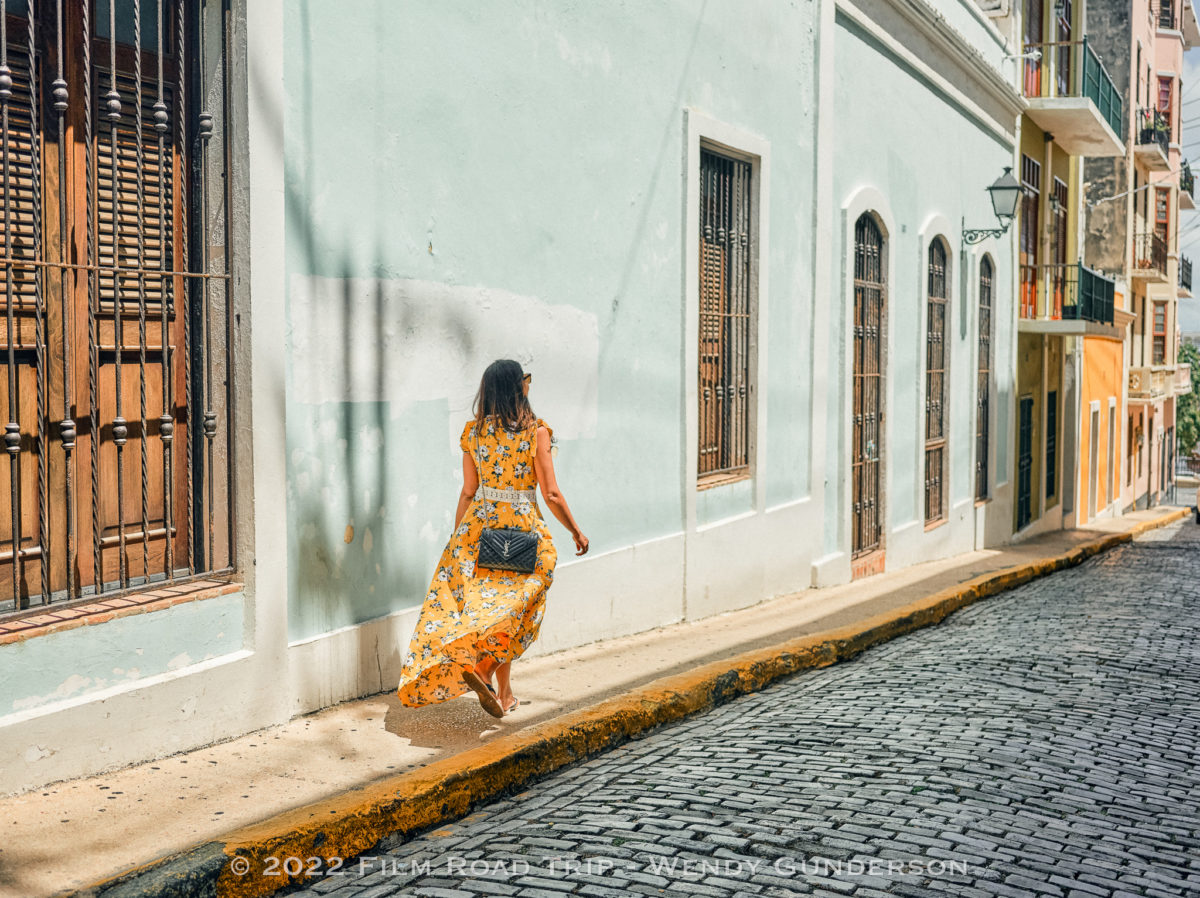
Detail of Digital with a Unique Look
The medium format digital camera brings some advantages that you don’t have with film. You have the convenience of immediately seeing your images on the back of the camera and sharing quickly in your digital world. Quite frankly, after shooting film for so long, I found myself turning off the rear LCD screen on the GFX and just shooting with the viewfinder on. I’m not a big chimper, so the immediate need to see my images is not there. It is significantly easier to get to processing as I don’t have the downtime of processing film or waiting for it to come back from the lab.
The more significant advantage of digital is the low light performance, the ability to crop, and the ability to bring back shadows. With fast film in even shorter supply than in years past, the best you can do in color film is 800 speed film with a little chemical adjustment. The ISO range on the GFX is 100-12,800, extended to 50-102,400. The digital also gives you the ability to bring back the shadows. In the image above of the woman walking along the street and in the image of Cafe Hijos de Borinquen below, the bright sun was beating down on Old San Juan, creating deep shadows and extreme highlights. I was really impressed that I could bring out the details in the windows and doors in these two scenes, which never would have been possible with film.

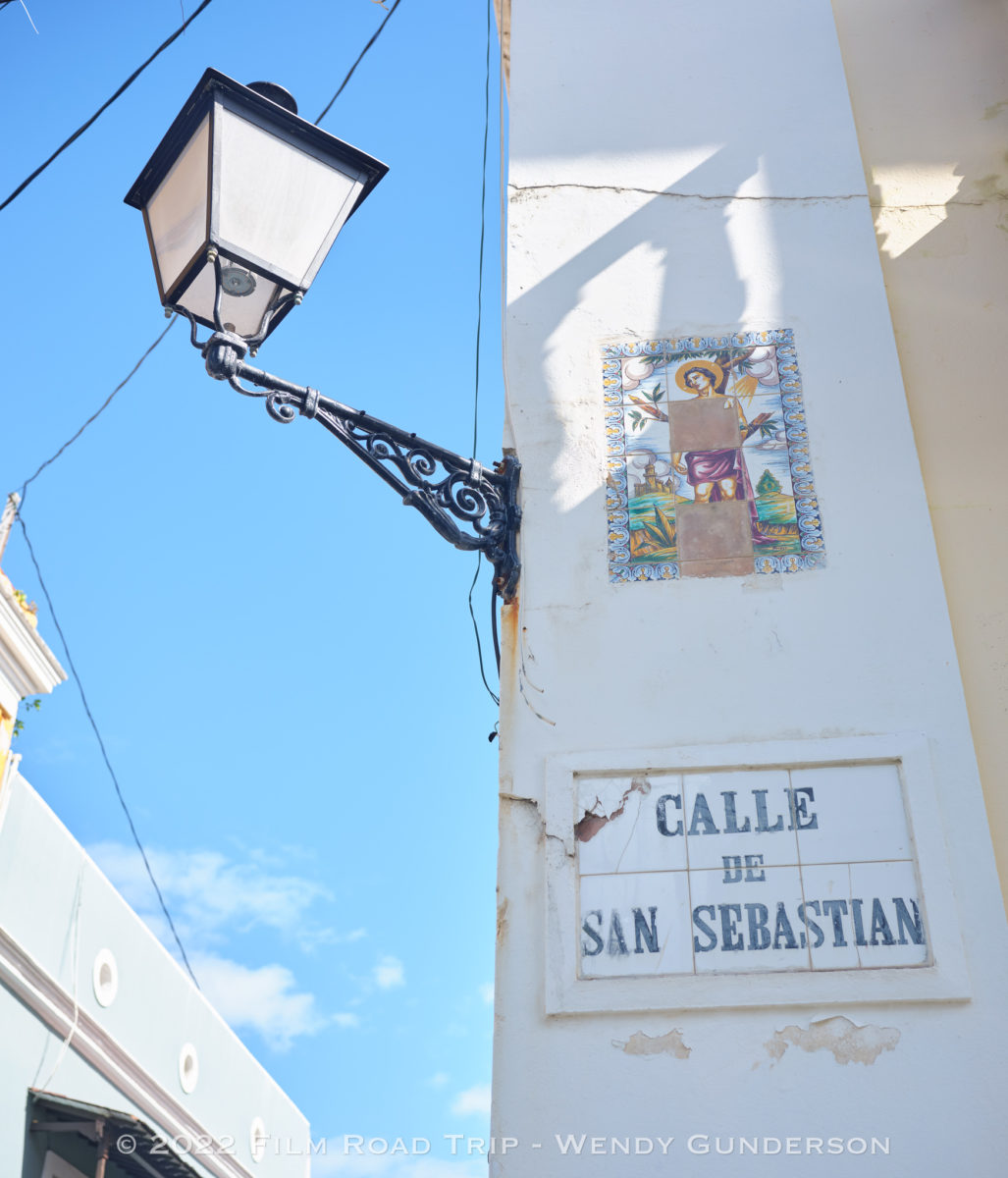
The ability to crop with medium format digital is a great advantage. You don’t always have the lens in your arsenal or have it quick enough to capture a scene. With film, the image can be lost. I was walking along the streets of Old San Juan and spotted a nun walking along the street, but she was moving too quickly for me to change cameras, so I captured it on film, but I wasn’t able to crop out the dumpster around the corner. It made for an interesting image, but I would have loved to crop out the dumpster. However, in the image below, I had the wide angle Fuji GF 30mm f/3.5 on the camera and was able to crop it down to get the composition I really wanted.
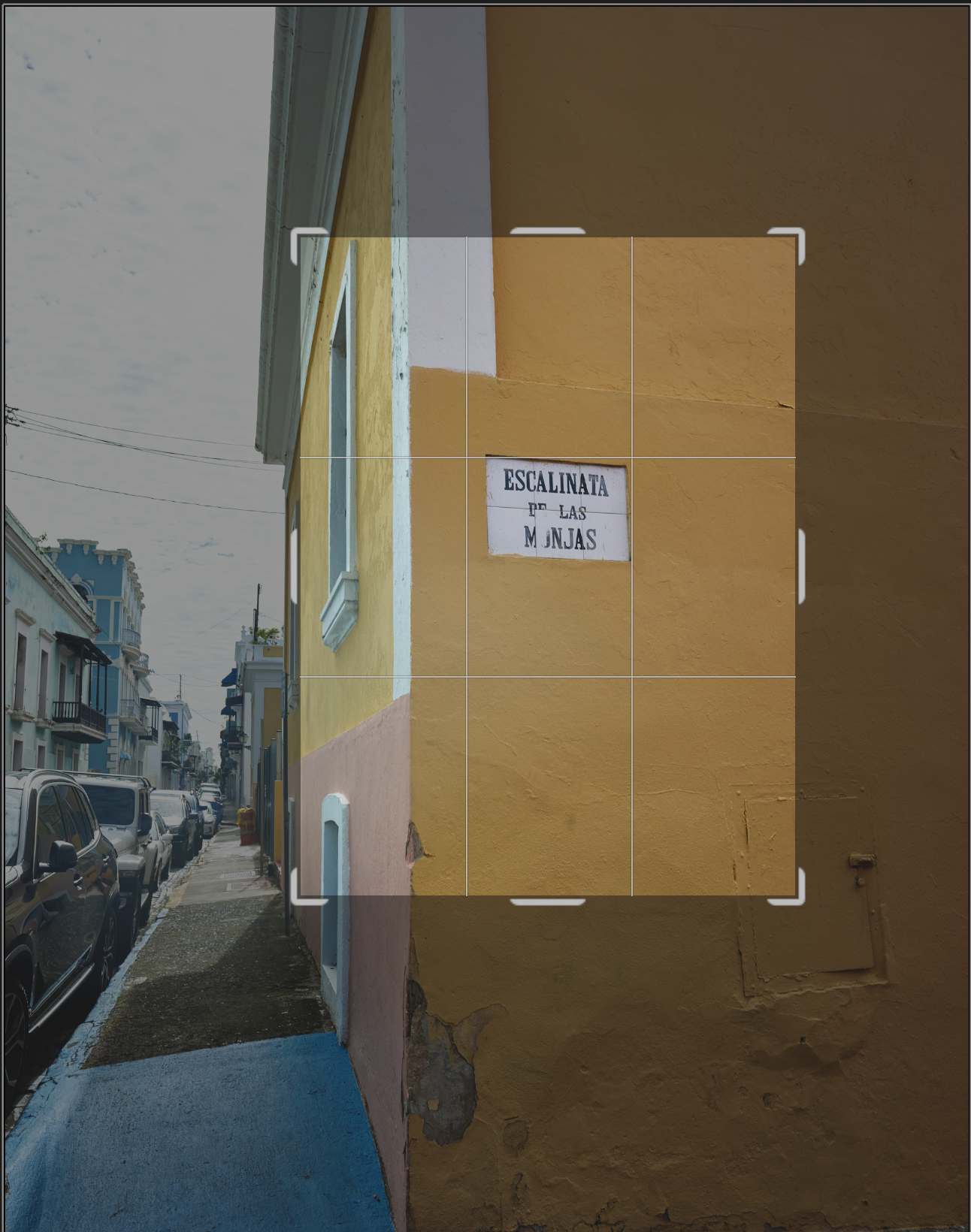

Price
I got back into film because I could never afford a medium format digital camera and I liked the unique look. When I returned to film in 2014, I purchased my Mamiya 645 Pro TL with prism, film winder grip, back, and 80mm f/1.9 lens for $725. The lens alone goes for that now. In 2016, I purchased my Mamiya 6 with the 75mm lens for $900. That combo now goes for roughly $2500, and film camera prices seem to be rising with no end in site. For less than the price of that Mamiya 6, you can now own a medium format digital camera. The 50R was recently discontinued by Fuji, and it can be found at a great price on the used market. With an adapter, you can use many of your medium format film lenses on the GFX 50R, and the native GF 50mm f/3.5, which produces great images, can be had for $800 new with rebate, or even less on the used market. Film camera prices have now reached prices where medium format digital is a more economical choice.
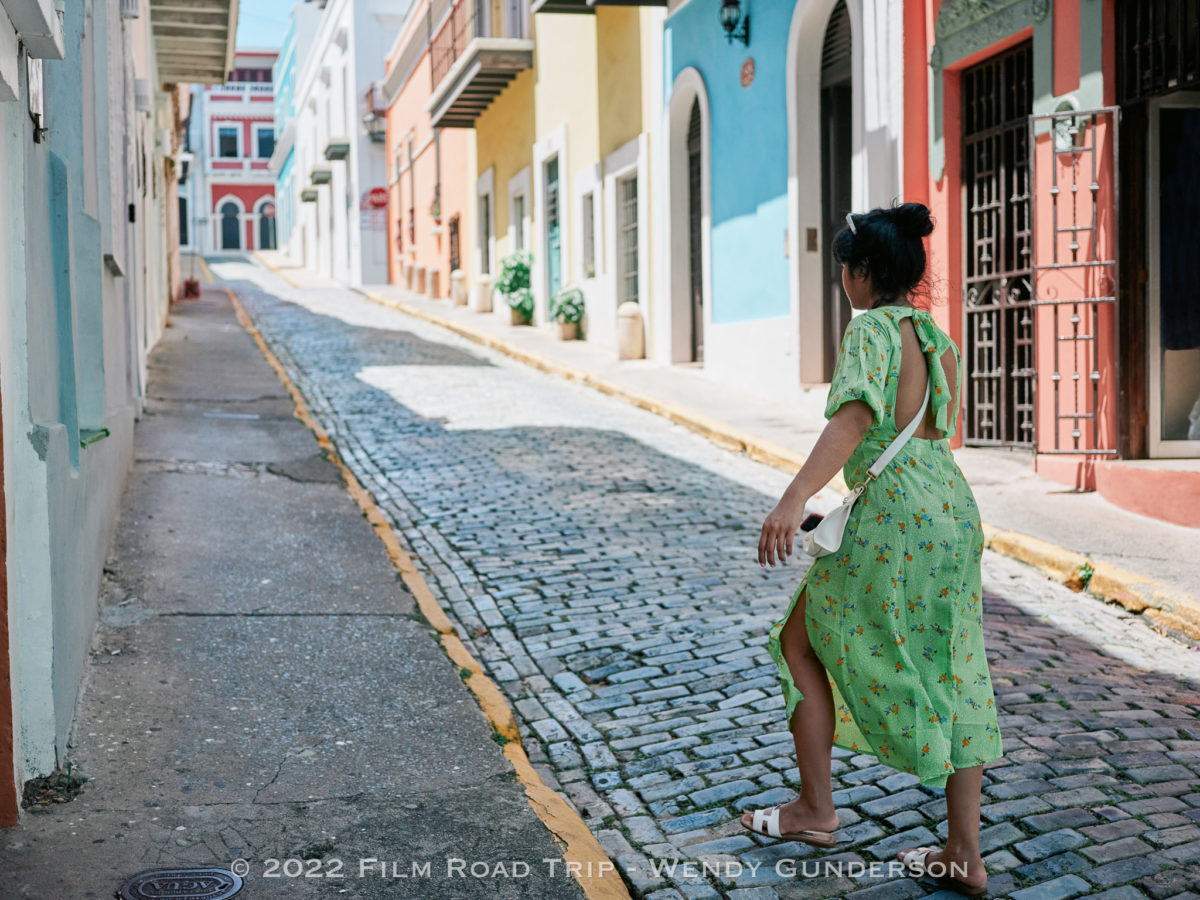
Adapting Vintage Lenses
The Fuji GFX system is one of the most affordable medium format digital systems, but the cost of the lenses may make it seem out of reach. With the exception of the affordable 50mm f/3.5, the native Fujinon GF lenses range in price from $1000 to $3300. There are a number of manual focus lenses with the GF mount offered by other manufacturers, but an economical alternative is to adapt lenses to the GFX. Although 35mm lenses can be adapted, they may vignette. However, medium format film lenses can be adapted and you get the unique look of some vintage film lenses on your medium format digital body. I plan to go through my arsenal of medium format film lenses from Mamiya and Hasselblad, but here’s just one quick example of the Mamiya 80mm f/1.9 lens adapted to the 50R, shot wide open. By the way, that’s a tiny little bug in the petals of the rose.
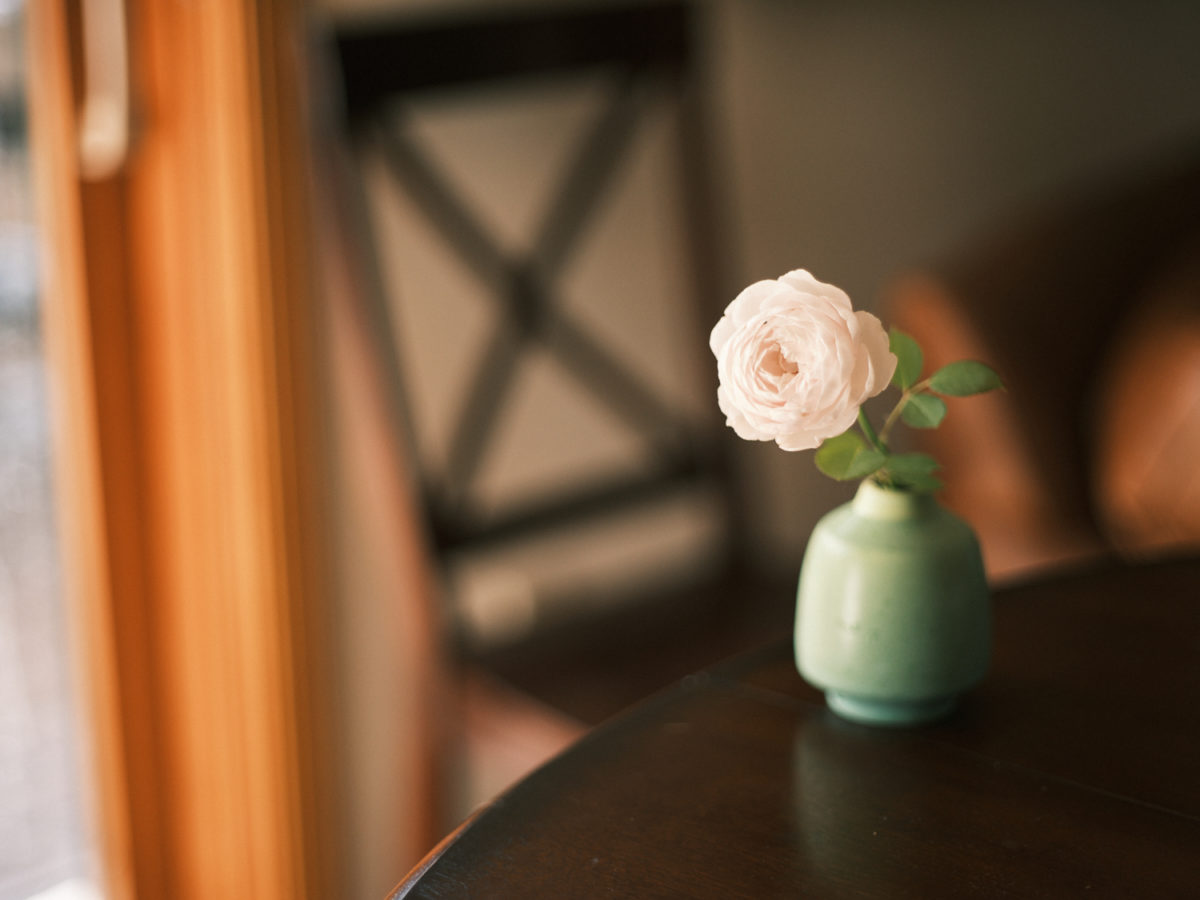
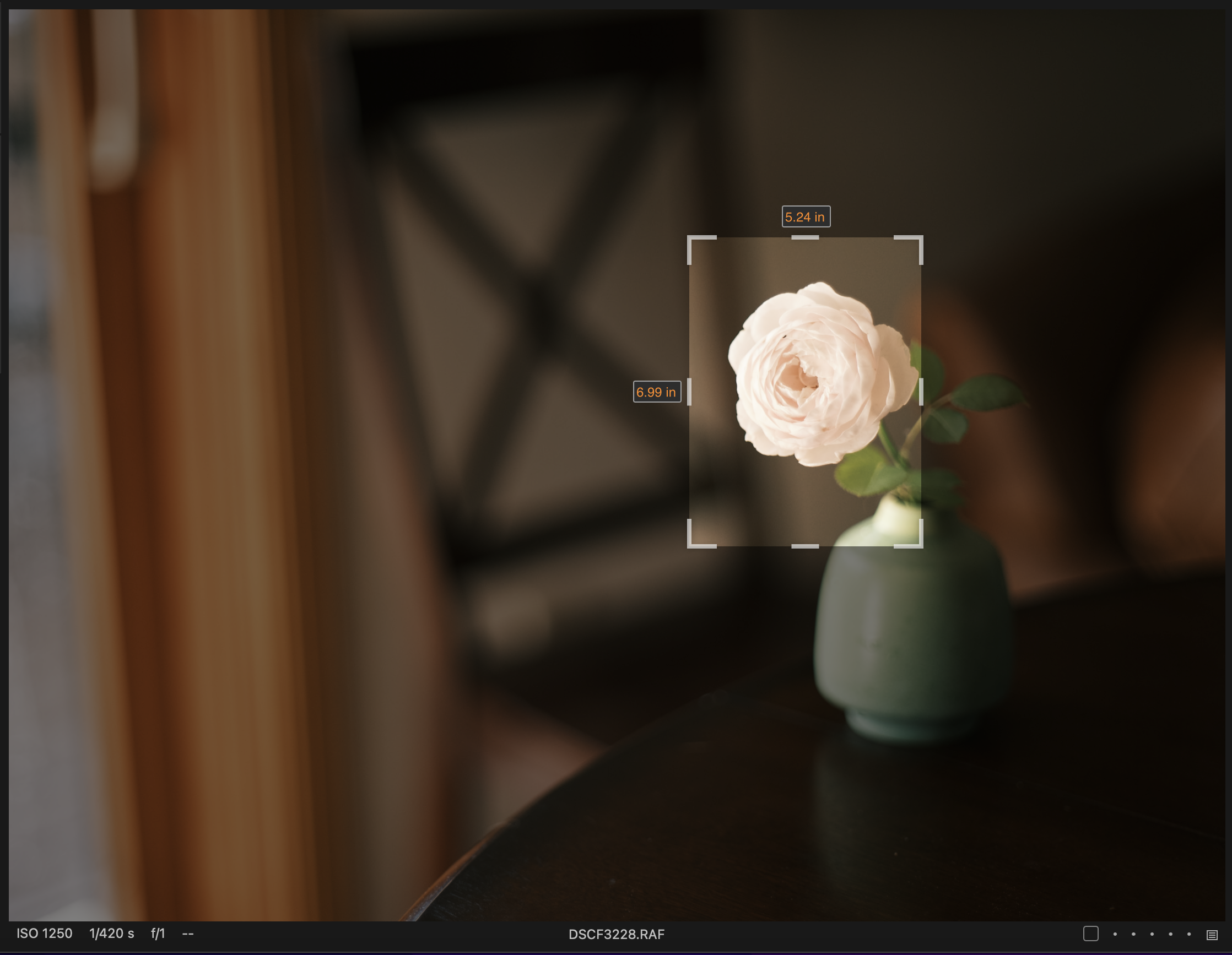
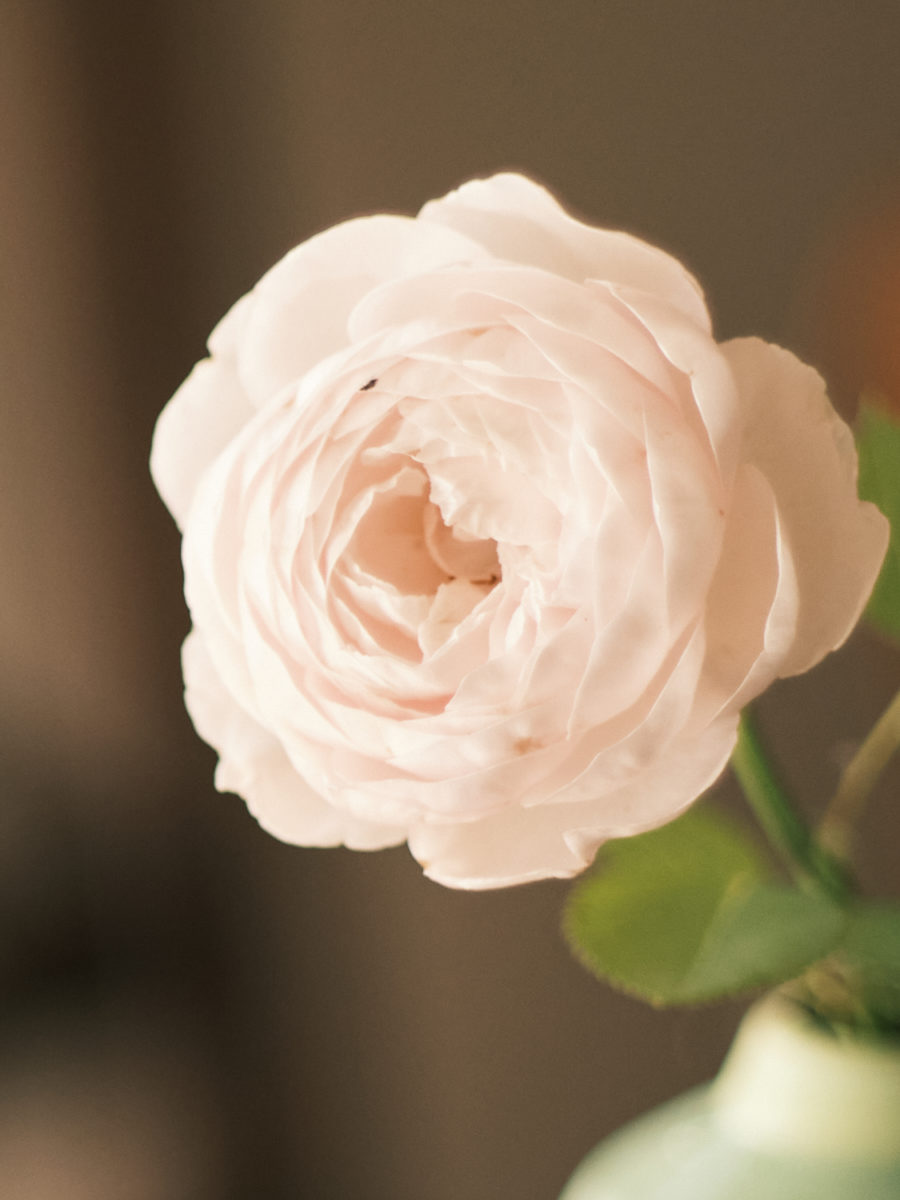
Complement to Film Images
Now it’s completely unfair to compare images from a medium format digital camera to those from a 35mm or even a medium format film camera. There are details that can be captured on digital that simply cannot be captured on film given the different formats. But I wasn’t looking for a digital camera that looked exactly like film. I wanted digital images that would have a unique look and would complement my film images, and I have found that. If you look at this gallery of images on my Caribbean travel site, My Irie Time, you will see how the digital and film images blend together and complement one another. There is no doubt which are digital and which are film, but they work together. I have used a “style” (Capture One lingo for a “preset”) on the digital images posted there. I had a bit of trouble finding one which I liked, trying styles from Capture One, Filtergrade, and Archetype Process, but I really loved the styles from Really Nice Images. I do not receive any commissions from them, but their film styles are the best I’ve tried. All of the digital images from my Puerto Rico trip here and on My Irie Time were processed with those styles. With that being said, there were a few instances where I shot the GFX 50R and film (in this case the Canon 1v) side by side. Keep in mind that the lenses are quite different. I used either the Canon 50mm f/1.2 or 24mm f/1.4 lenses on the 1v, and for the 50R, I would have used the Fuji GF 50mm f/3.5 or 30mm f/3.5, but it does give you some idea of the comparison.
Shot on Portra 800, the top film image of El Morro is warmer, and for obvious reasons has less detail, but again, we know that there is no way that a 35mm film image can compare on detail with a medium format digital image.
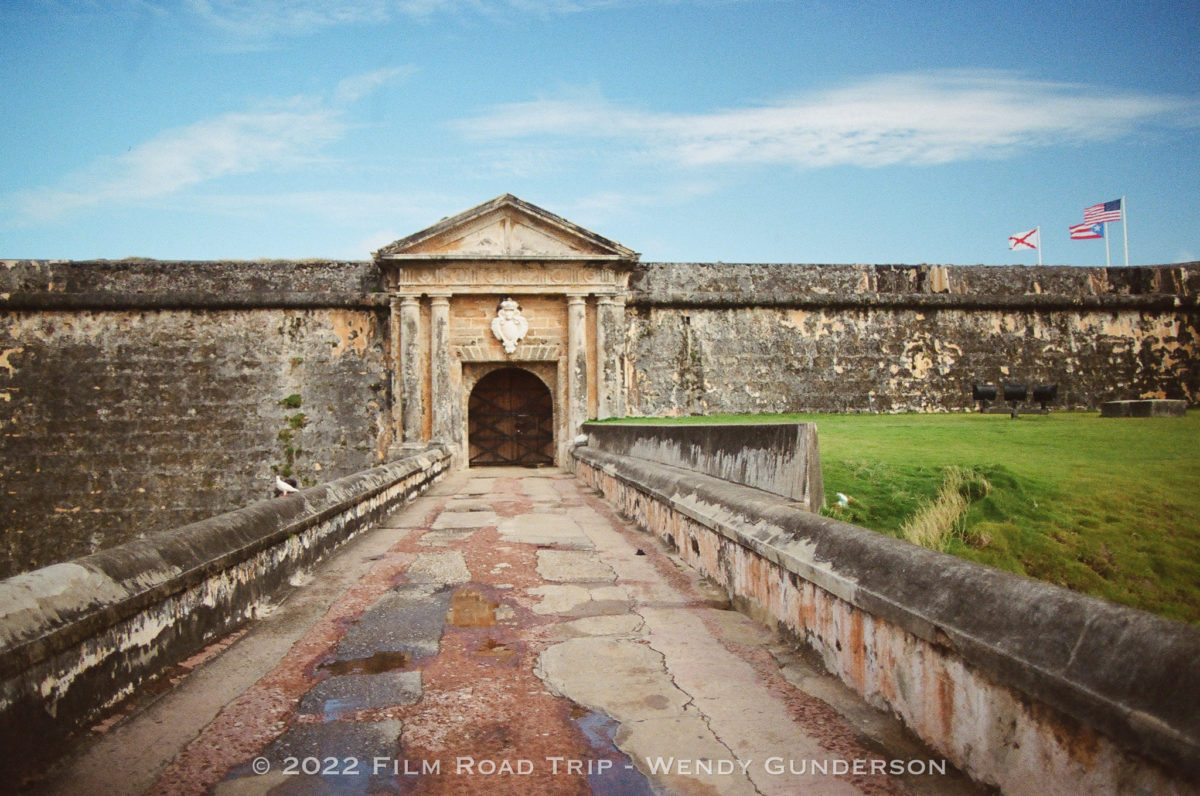
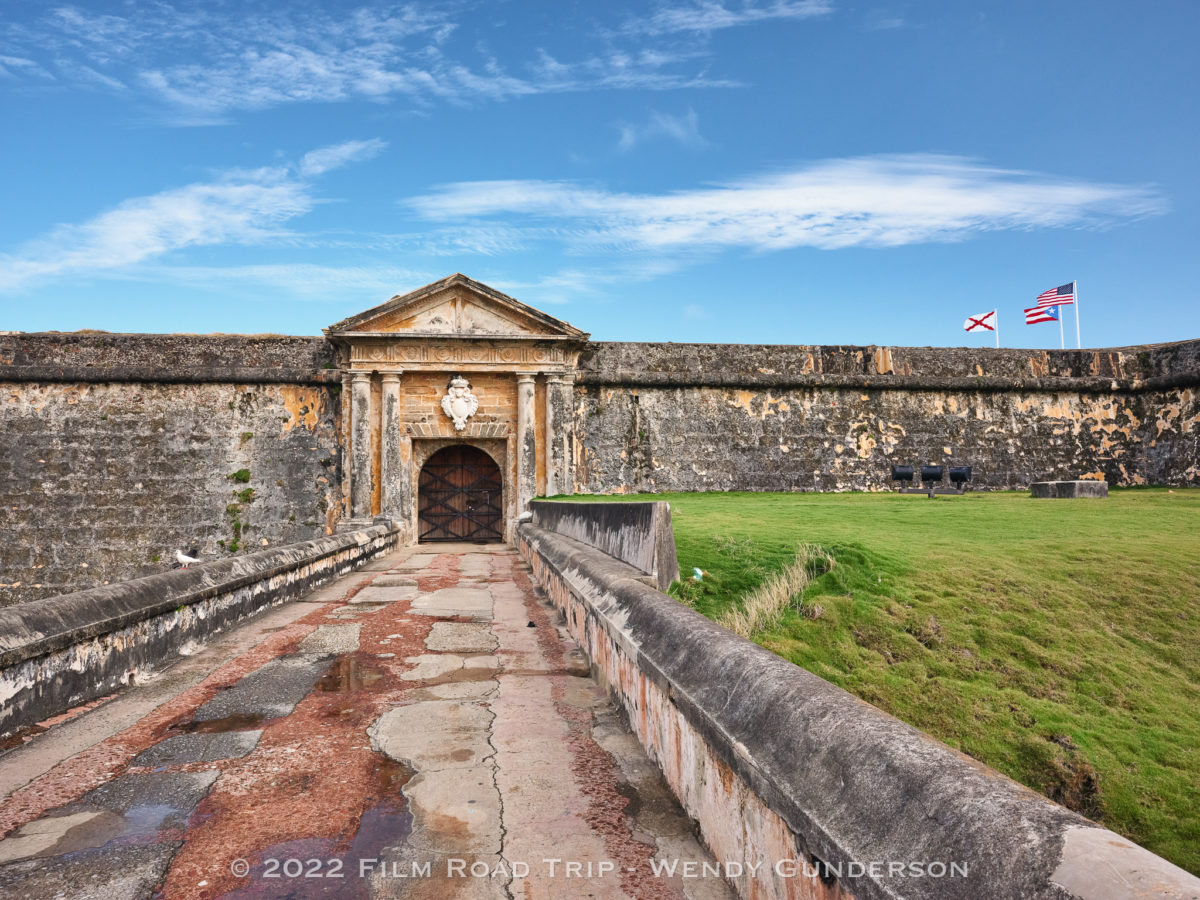
One place I definitely prefer film is in full sun. Film handles the highly reflective areas better for my taste. The film image here was again shot on Portra 800. Now could I have doctored up the digital images to look for like film? Sure, but these comparisons are offered to give you a sense of a starting place and how they compare overall. These were shot at the same time and you can see how the shadows are softer on the film image and more pleasing straight out of the box. If I were going to use the digital image here, I would process it differently, but it gives you a sense of how each captures the scene.


These next few images compare the GFX images to shots on Fuji 400H. Fuji 400H is a film stock I will miss. I haven’t found a preset or style which accurately conveys those colors on digital, but the Fuji GFX image with the Really Nice Images film style applied is not bad.

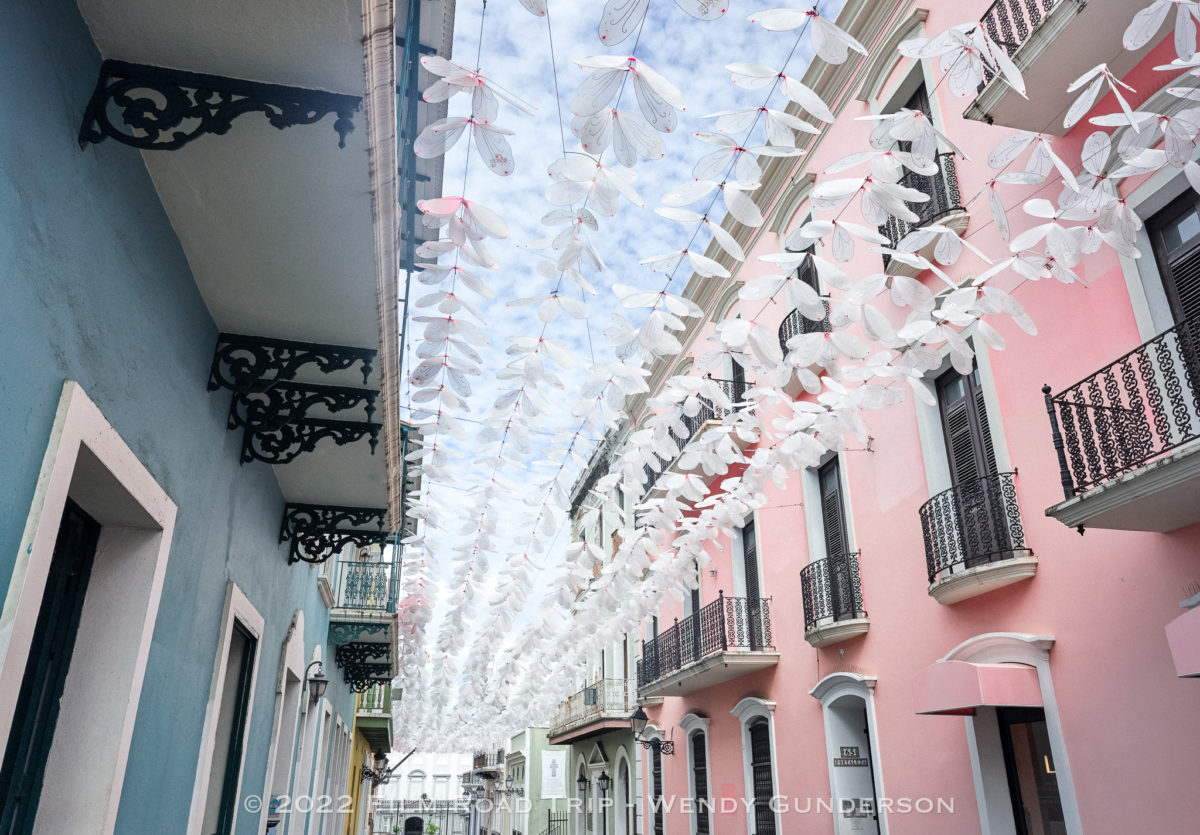

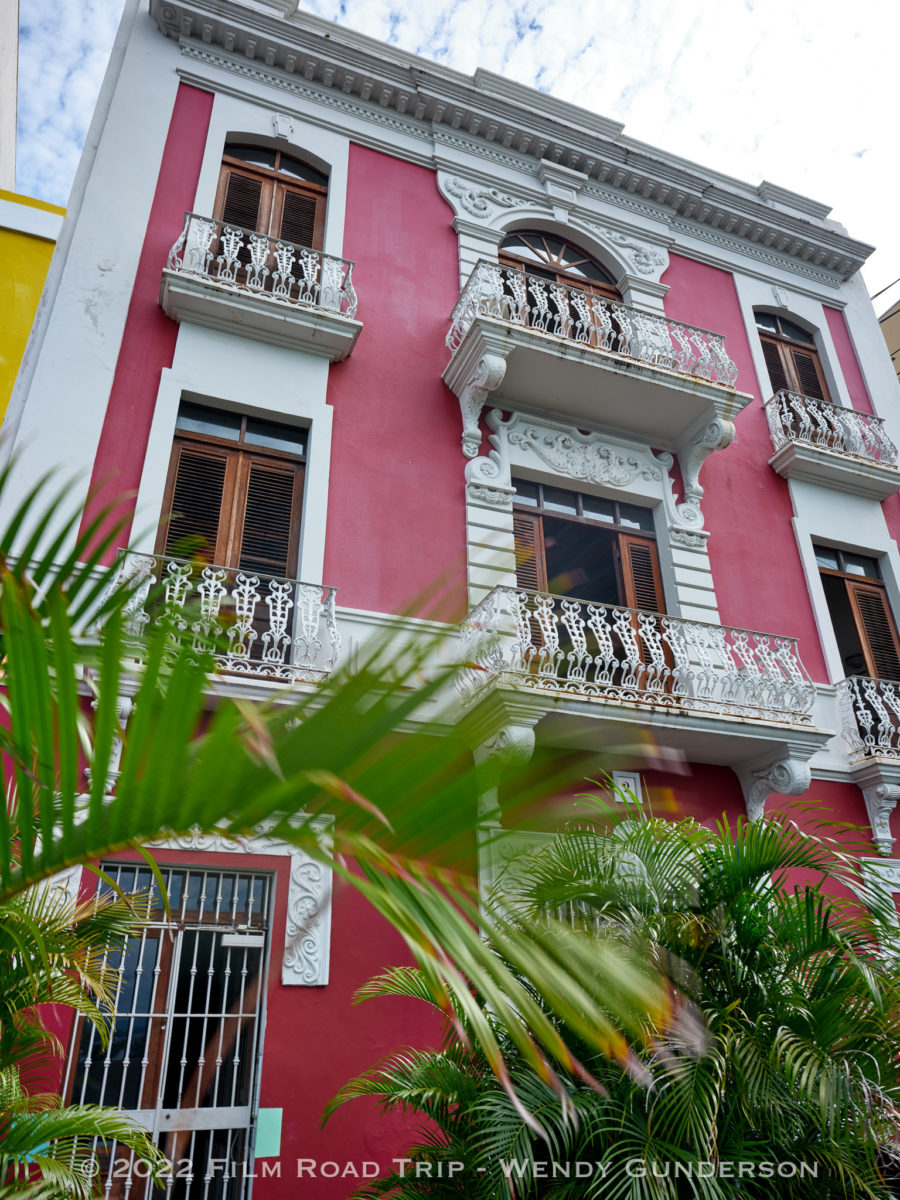

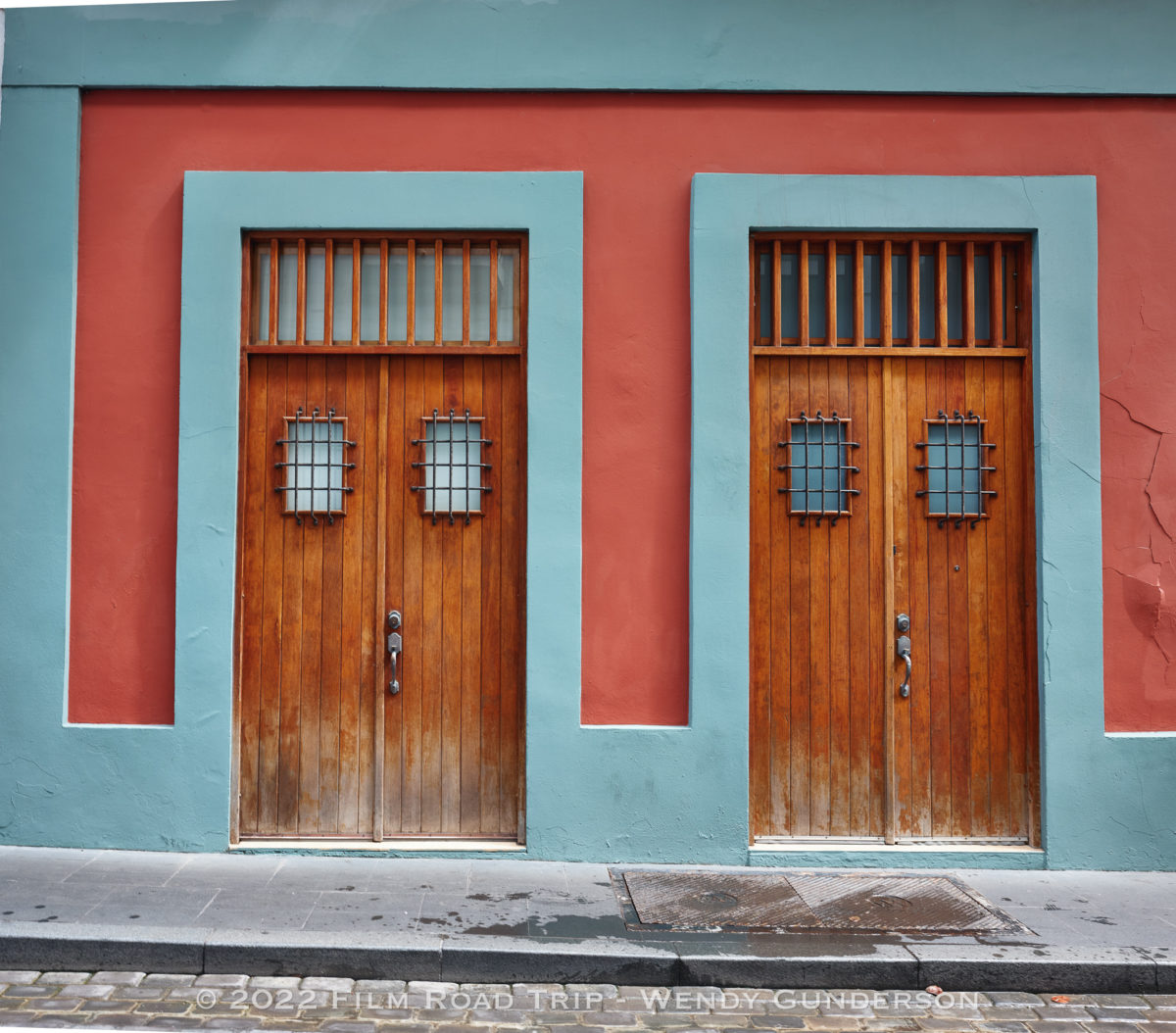
Enough of the unfair comparisons – there is no digital image that can compare to what you get from film. However, when it comes to digital, I like the unique look that the medium format Fuji GFX 50R brings. If a film lover has to pick a digital camera to complement their work for those situations where you need low light capability or the convenience of digital, the Fuji is an excellent choice.
Check out the following Fujifilm GFX 50R offerings at KEH (Affiliate Link! For more information on our affiliate relationships, click here)
